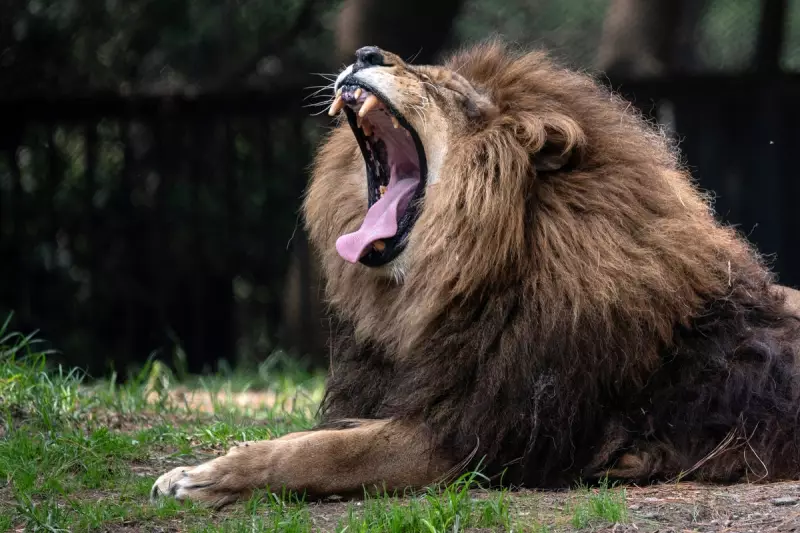
In a discovery that has left scientists intrigued, African lions have been found to produce a previously unidentified type of roar. Researchers from the University of Exeter, using artificial intelligence, have classified this new vocalisation, challenging long-standing beliefs about the big cat's communication.
The Roar That Changed Everything
The research team successfully differentiated for the first time between the lion's iconic, full-throated roar and a newly identified 'intermediary roar'. This finding suggests that lion communication is far more complex than previously thought. The study, published in the journal Ecology and Evolution, was led by biologist Dr Jonathan Growcot, who specialises in using modern technology for large carnivore conservation.
Dr Growcot explained the significance: "Lion roars are not just iconic, they are unique signatures that can be used to estimate population sizes and monitor individual animals." He highlighted a major flaw in previous methods, stating, "Until now, identifying these roars relied heavily on expert judgment, introducing potential human bias."
A Lifeline for Vulnerable Populations
This breakthrough could not be more timely. The African lion is classified as vulnerable to extinction on the International Union for Conservation of Nature’s Red List. Africa is estimated to have only 20,000 to 25,000 wild lions remaining, a shocking figure given their numbers have halved in the last 25 years.
The new AI-powered approach promises a more objective and accurate way to track these dwindling populations. "Our new approach using AI promises more accurate and less subjective monitoring, which is crucial for conservationists working to protect dwindling lion populations," Dr Growcot emphasised.
The Future of Wildlife Monitoring
This discovery aligns with similar findings of complex vocalisations in other large carnivores, like the spotted hyena. It underscores the growing potential of AI in animal acoustics research. The method of using AI to detect and classify lion sounds could prove more accessible and reliable than traditional techniques such as camera traps or spoor surveys.
Dr Growcot advocates for a significant shift in conservation strategy. "We believe there needs to be a paradigm shift in wildlife monitoring and a large-scale change to using passive acoustic techniques," he said. "As bioacoustics improve, they'll be vital for the effective conservation of lions and other threatened species." This technological leap offers a new, powerful tool in the race to safeguard Earth's most majestic creatures.





